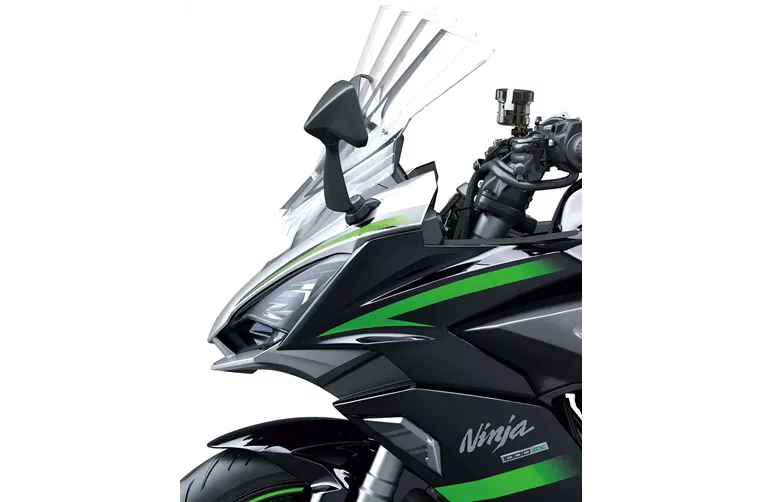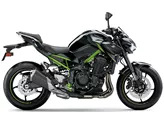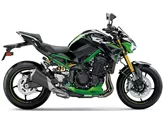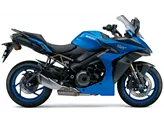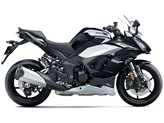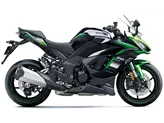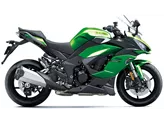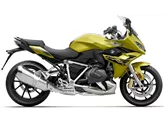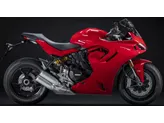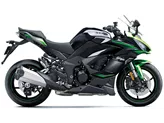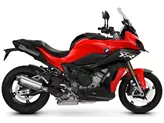Kawasaki Ninja 1000SX 2020 vs. Kawasaki Z900 2021
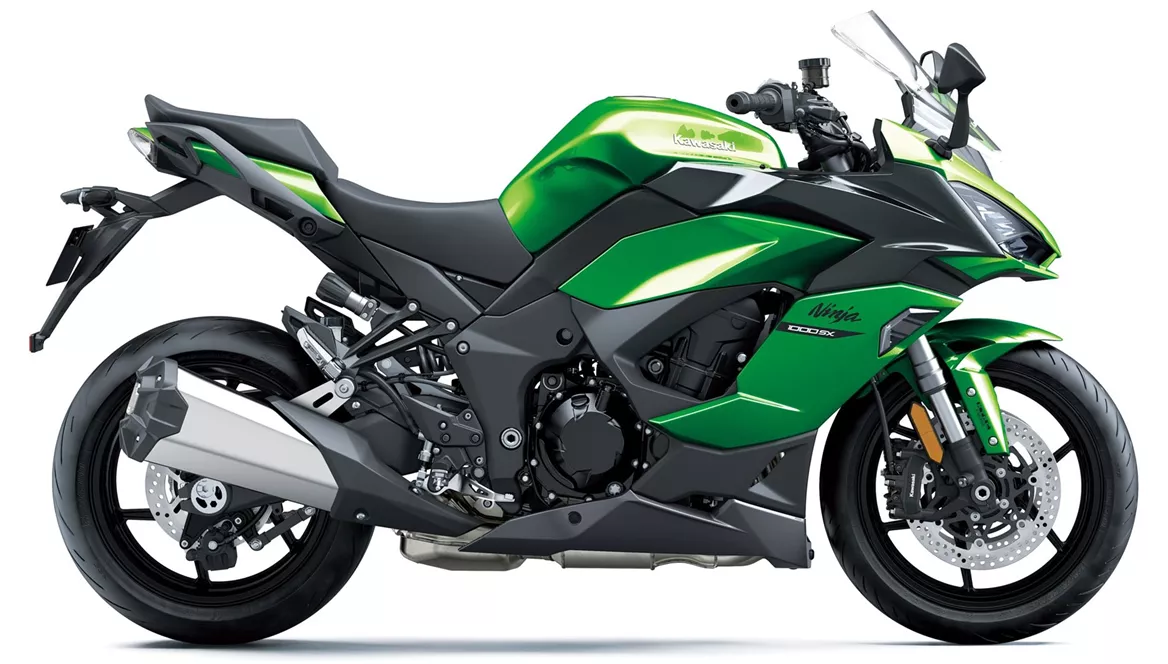
Kawasaki Ninja 1000SX 2020
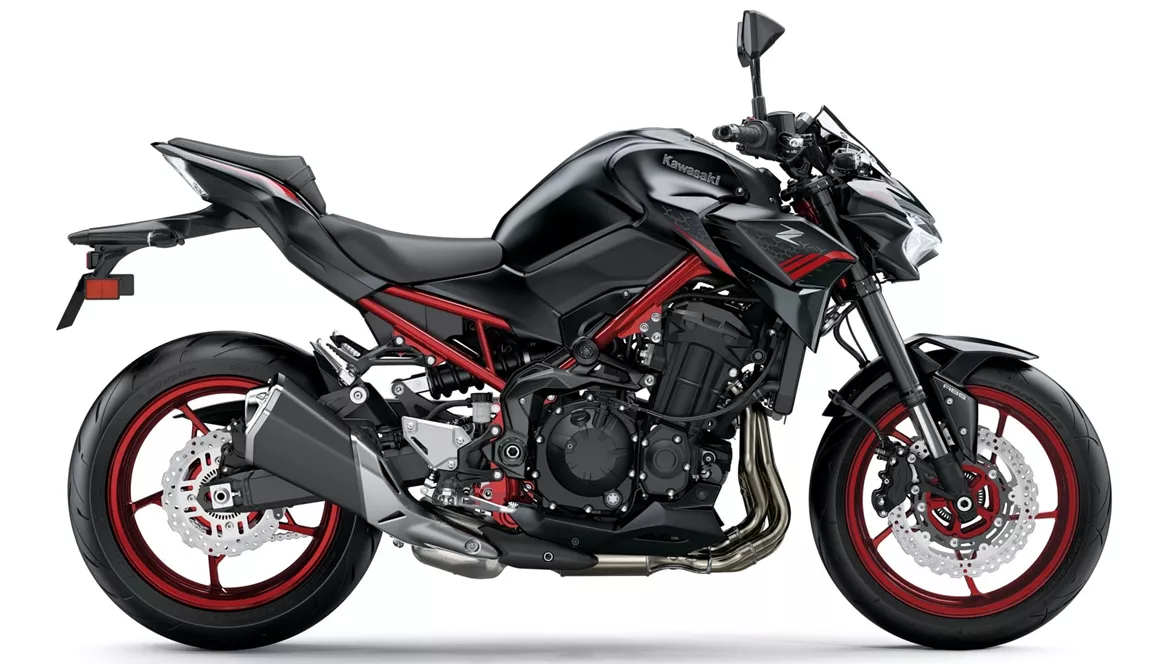
Kawasaki Z900 2021
Overview - Kawasaki Ninja 1000SX 2020 vs Kawasaki Z900 2021
The Kawasaki Ninja 1000SX 2020 and the Kawasaki Z900 2021 are both sporty motorcycles with impressive specifications and features. However, there are some key differences between the two models.
In terms of engine power, the Ninja 1000SX takes the lead with its 142 HP engine, while the Z900 falls slightly behind with 125.4 HP. The Ninja also has a higher torque of 111 Nm compared to the Z900's 98.6 Nm. Both bikes feature a 4-stroke, liquid-cooled engine and use fuel injection for efficient performance.
When it comes to suspension, both bikes have upside-down telescopic forks at the front and swing arm suspension at the rear. However, the Ninja 1000SX offers more adjustability options with compression, preload, and rebound adjustments for both the front and rear suspension. The Z900, on the other hand, only provides preload and rebound adjustments for its suspension.
In terms of chassis, the Ninja 1000SX features an aluminum frame, which is known for its lightweight and rigid properties. The Z900, on the other hand, has a steel frame. While steel frames are generally heavier, they can provide better stability and durability.
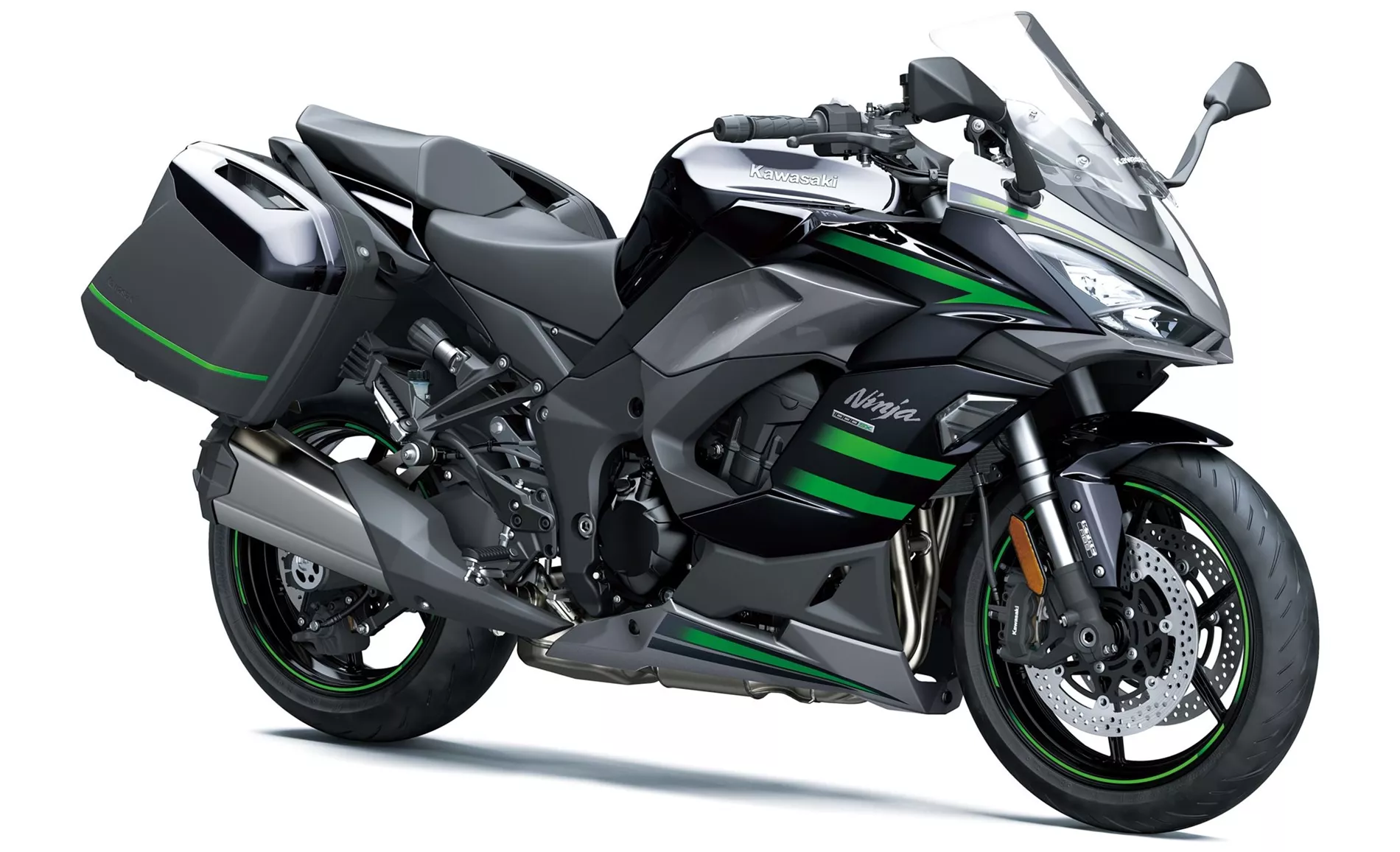
Kawasaki Ninja 1000SX 2020
Both bikes come equipped with double disk brakes at the front, with a diameter of 300 mm and four pistons. The Ninja 1000SX has the additional advantage of radial, monoblock, and petal technology, which can enhance braking performance. The Z900, on the other hand, features petal technology.
In terms of advanced rider assistance systems, both bikes offer ABS, riding modes, and traction control. However, the Ninja 1000SX goes a step further by including cornering ABS, ride by wire, and a quickshifter as standard features. The Z900 lacks the quickshifter option and does not have a 6-axis IMU like some of its competitors.
In terms of dimensions and weights, the Ninja 1000SX has a slightly shorter wheelbase of 1440 mm compared to the Z900's 1450 mm. The seat height of the Ninja is also higher at 834.98 mm, while the Z900 offers a lower seat height of 795 mm. The Ninja 1000SX is also slightly heavier with a kerb weight of 235 kg compared to the Z900's 210 kg.
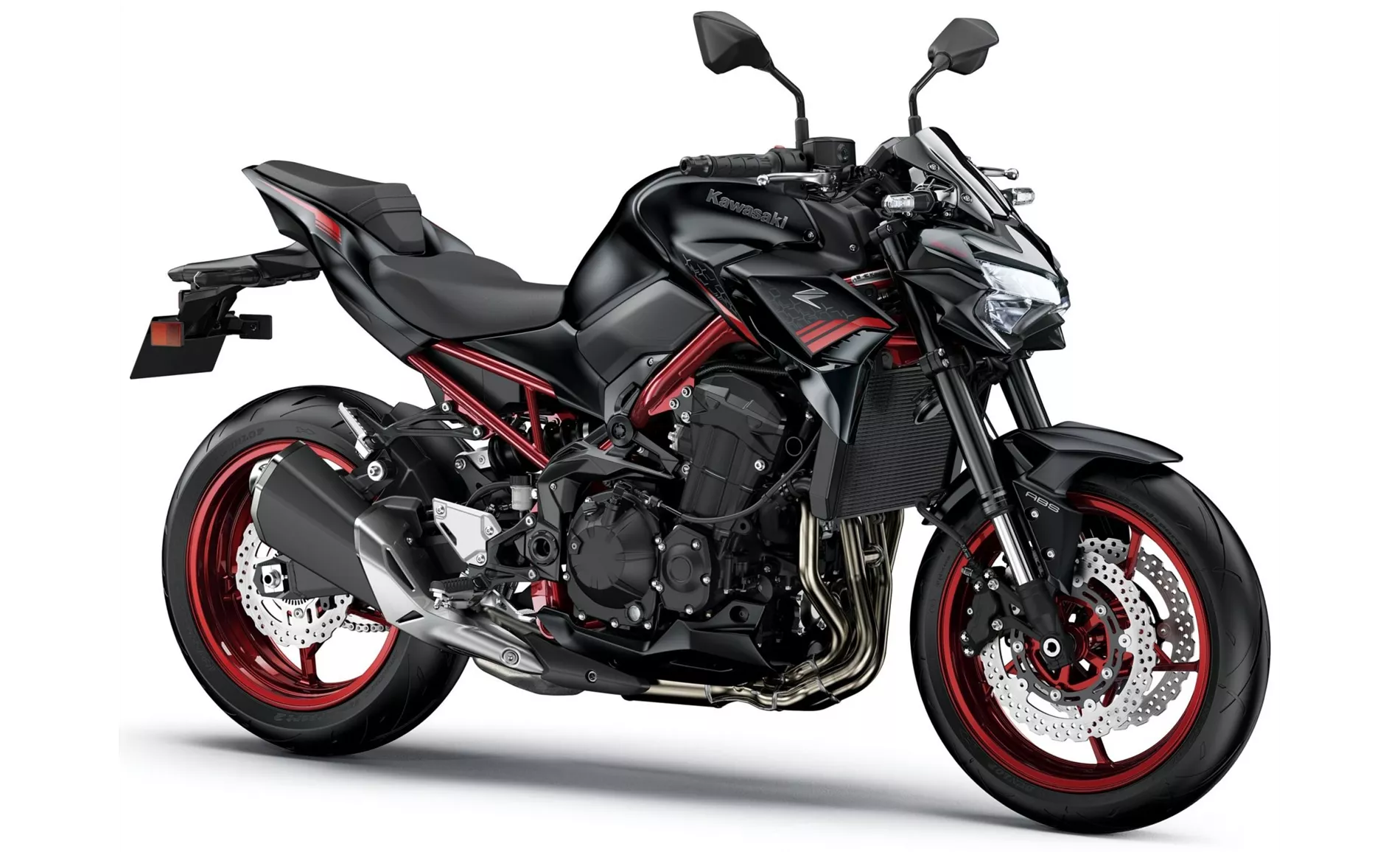
Kawasaki Z900 2021
Both bikes come equipped with LED daytime running lights, LED headlights, and a TFT display. However, the Ninja 1000SX has the added advantage of an adjustable windscreen, which can enhance rider comfort.
In terms of strengths, the Ninja 1000SX stands out with its refined and powerful engine, balanced handling, comfortable chassis, and modern looks. It also offers good brakes, LED lights all around, a color TFT display, and cruise control as standard. On the other hand, the Z900 boasts a powerful four-cylinder engine, intuitive handling, good equipment, aggressive looks, and value for money.
As for weaknesses, the Ninja 1000SX's only notable drawback is the need for both hands to adjust the windshield. The Z900, on the other hand, lacks a quickshifter option and falls behind competitors that have a 6-axis IMU.
In conclusion, both the Kawasaki Ninja 1000SX 2020 and the Kawasaki Z900 2021 have their own strengths and weaknesses. The Ninja 1000SX offers a more refined and powerful riding experience with additional features such as a quickshifter and adjustable windscreen. On the other hand, the Z900 provides good value for money with its powerful engine and aggressive looks. Ultimately, the choice between the two will depend on the rider's preferences and priorities.
Technical Specifications Kawasaki Ninja 1000SX 2020 compared to Kawasaki Z900 2021
Pros and Cons in comparison
Pros and Cons in comparison
Kawasaki Ninja 1000SX 2020
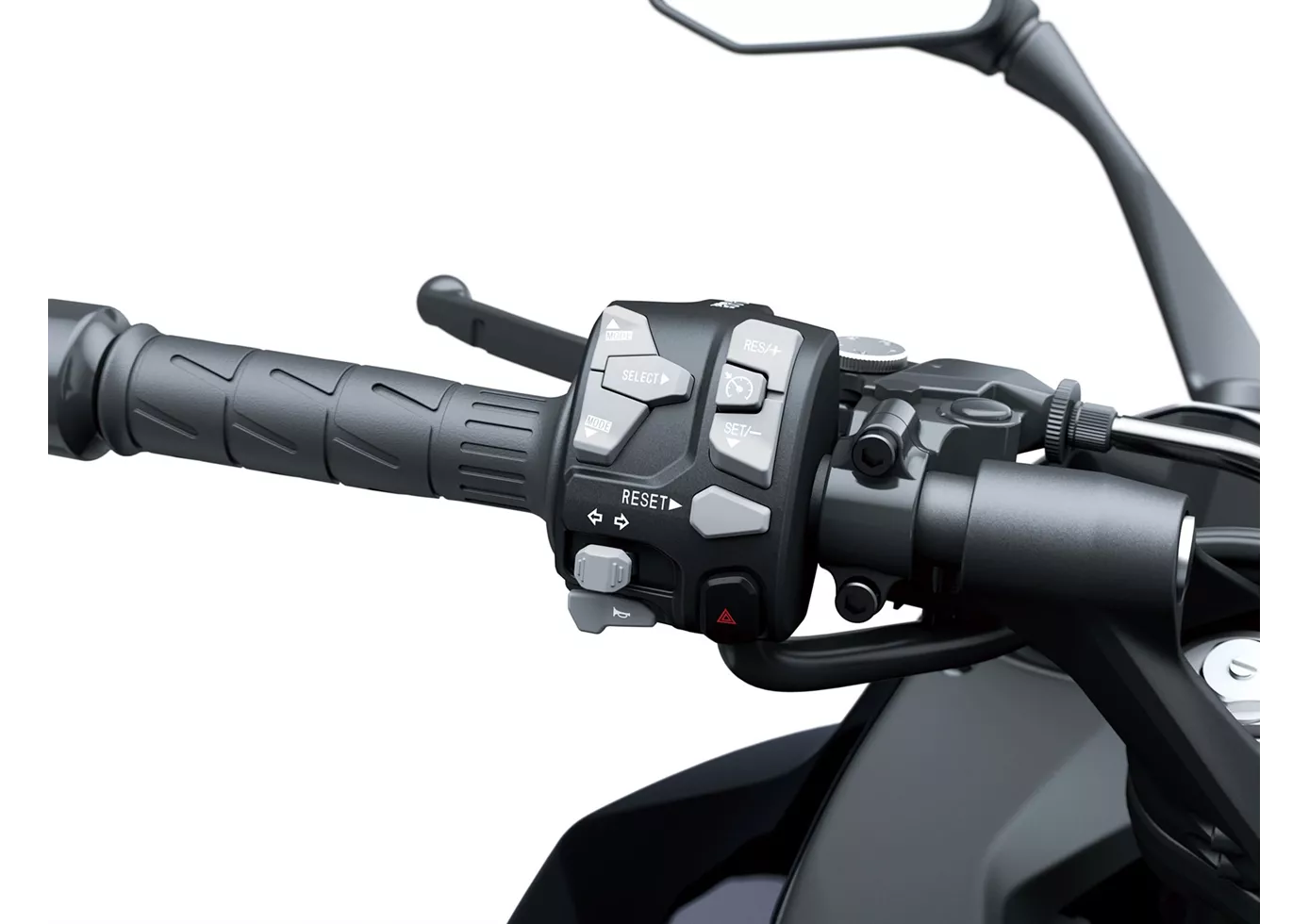
The Kawasaki Ninja 1000SX is more evolution than revolution - but what is the point of reinventing everything in a balanced sports tourer? But the new name is definitely justified, with the many new features made possible by the Ride-by-Wire system, among others, the sports tourer is absolutely up to date. Cornering ABS, modern traction control and riding modes provide safety and adjustment options to personal preferences, the shift assistant favours sport as well as touring. What's more, the price is hot (at least in Austria)!
Kawasaki Z900 2021
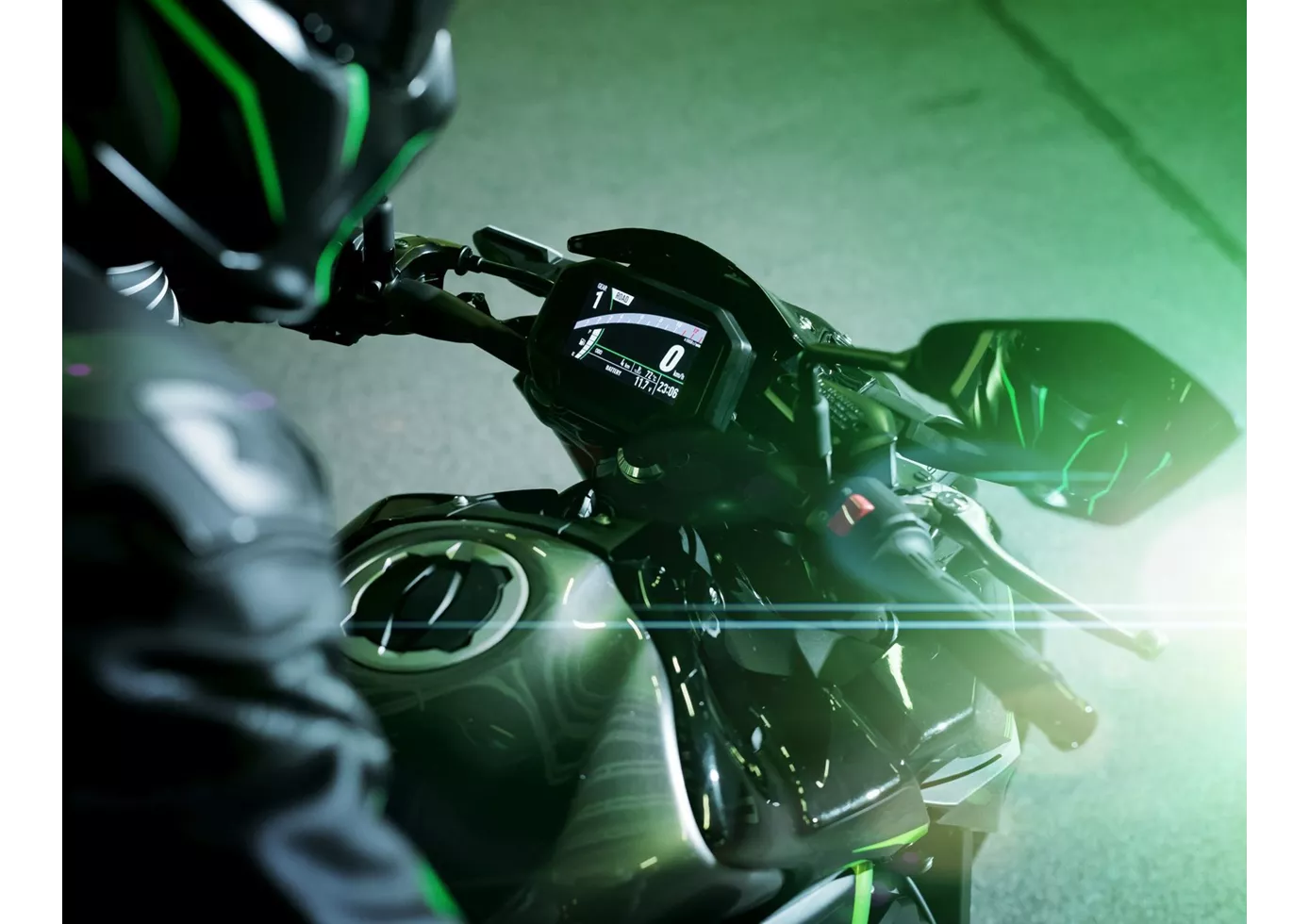
In terms of price-performance, the Kawasaki Z900 is hard to beat at the moment. With the perfectly tuned engine, the high-quality chassis components and the electronics added for 2020, this naked bike offers everything that sporty riders will be looking for. There is really nothing to complain about, except for the lack of a quickshifter option.
Price Comparison Avarage Market Price Kawasaki Ninja 1000SX vs Kawasaki Z900
There are a few key differences between a Kawasaki Ninja 1000SX 2020 and a Kawasaki Z900 2021. In terms of price, the actual average price of a Kawasaki Ninja 1000SX 2020 is about 32% higher. Compared to Kawasaki Z900 2021 there are less Kawasaki Ninja 1000SX 2020 bikes available on the 1000PS.de Marketplace, specifically 10 compared to 33. It takes less time to sell a Kawasaki Ninja 1000SX with 83 days compared to 107 days for a Kawasaki Z900. Since model year 2020 1000PS.de editors have written 13 reviews for the Kawasaki Ninja 1000SX and 46 reviews for the Kawasaki Z900 since model year 2017. The first review for the Kawasaki Ninja 1000SX was published on 11/5/2019 and now has more than 40,500 views. This compares to more than 93,200 views for the first review on Kawasaki Z900 published on 11/11/2016.
